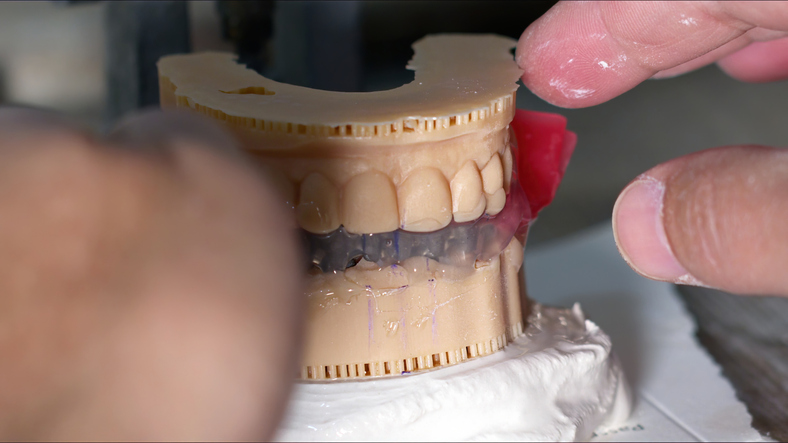
Occlusal appliance fabrication: Optical vs. conventional tracking devices

Researchers have examined whether optical tracking devices could be more accurate compared with conventional tracking devices.
In a study published in the Journal of Prosthodontics, the researchers used optical tracking, conventional tracking or average articulator condylar guidance values to fabricate occlusal appliances for 12 patients older than 25 years. Once designed using computer-aided design software, the appliances were three-dimensionally printed with photopolymer resin, and the three different appliances — each utilizing one of the three tracking methods — were provided to the participants.
For static occlusion, the researchers found that the optical tracking devices showed the lowest mean discrepancy in contact points at maximal intercuspation position followed by conventional tracking devices and average articulator values. Further, both tracking devices showed lower discrepancies compared with average articulator values at the final protrusive position, while the optical tracking devices showed significant reduction in anterior open bite at maximal intercuspation position compared with average articulator values. For dynamic occlusion, optical tracking devices outperformed both other methods and demonstrated no interferences in all subjects during protrusive movement.
The findings suggested that optical tracking devices may help improve treatment efficacy and clinical outcomes in these patients.
Read more: Journal of Prosthodontics
The article presented here is intended to inform you about the broader media perspective on dentistry, regardless of its alignment with the ADA's stance. It is important to note that publication of an article does not imply the ADA's endorsement, agreement, or promotion of its content.